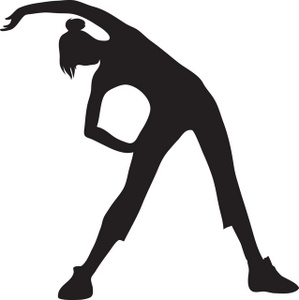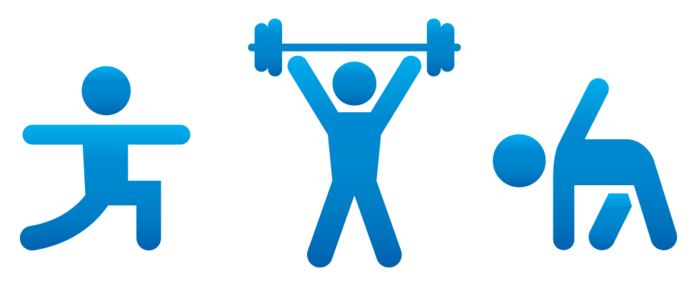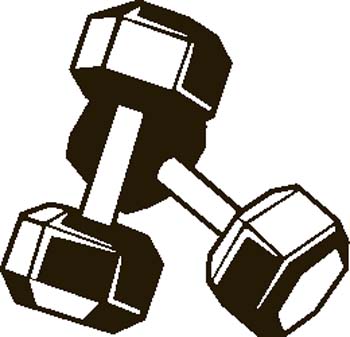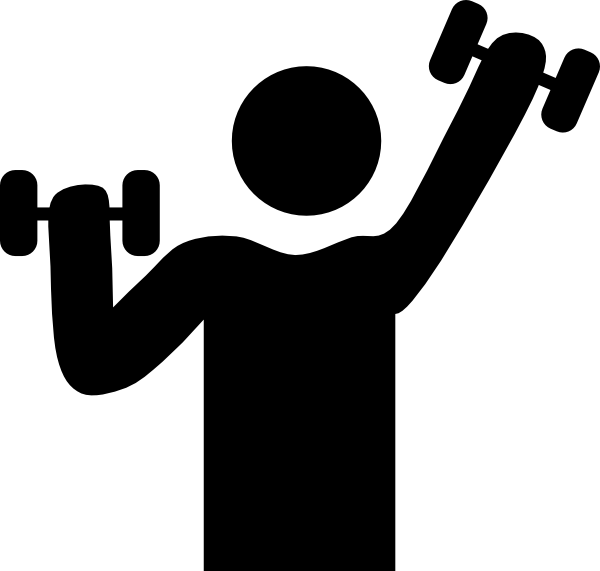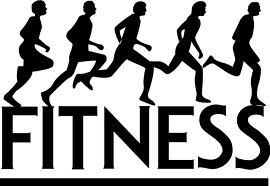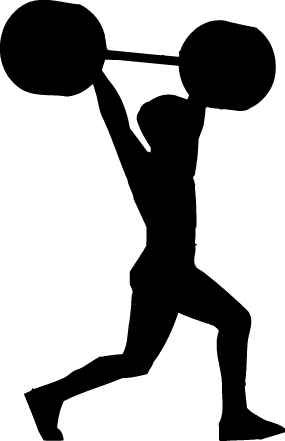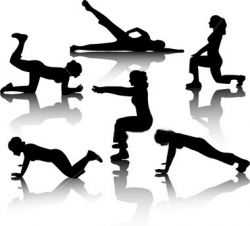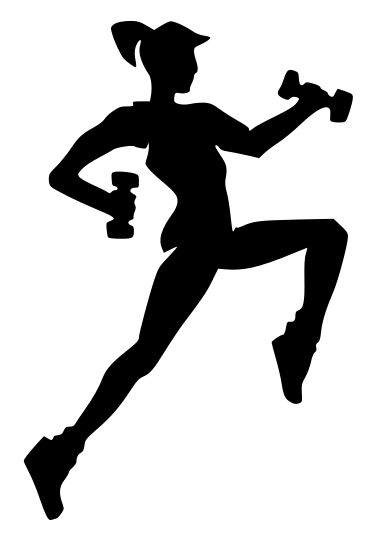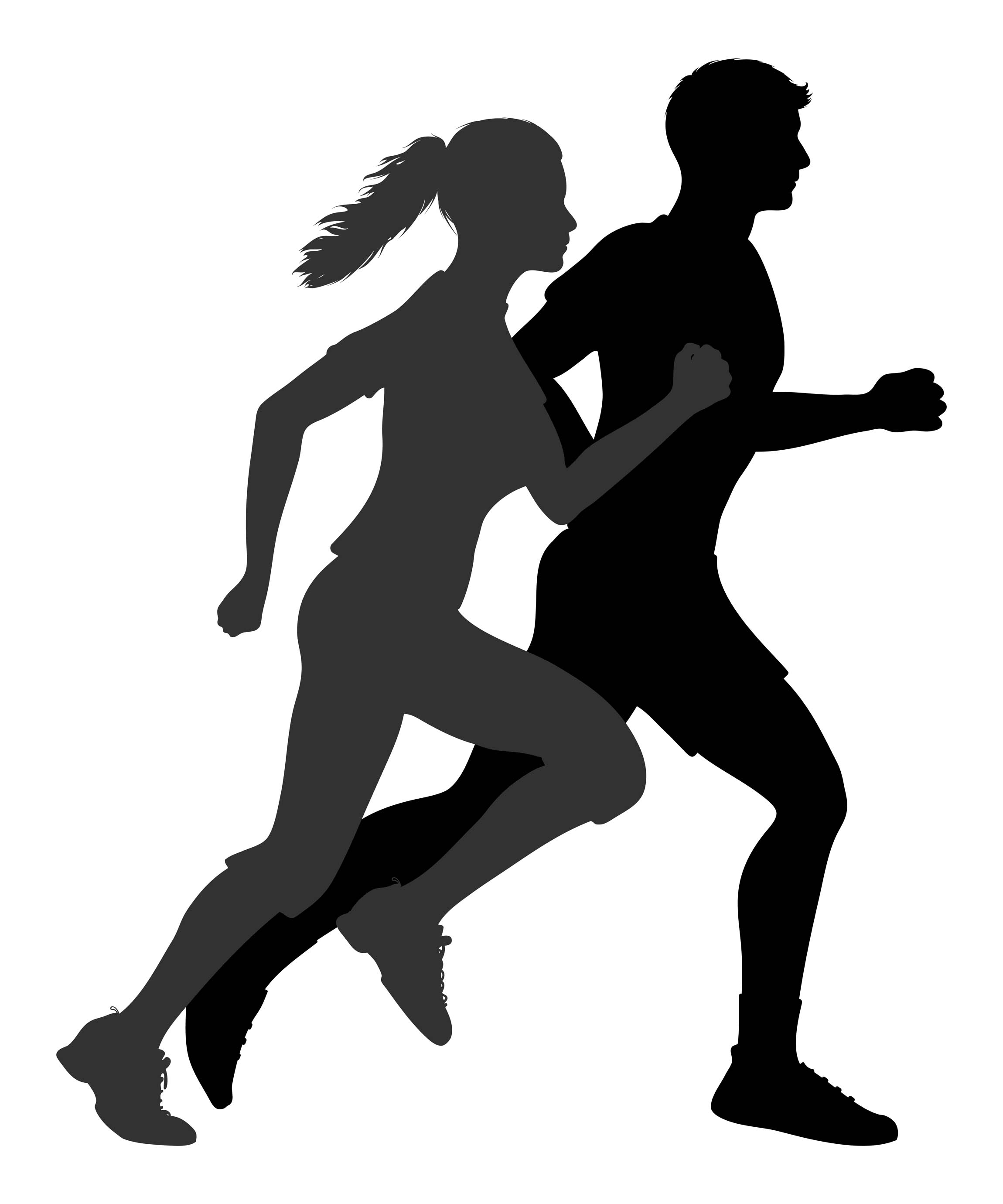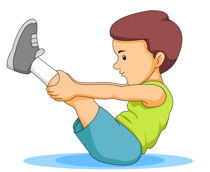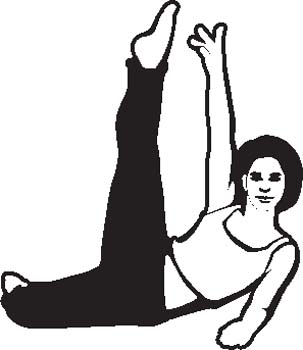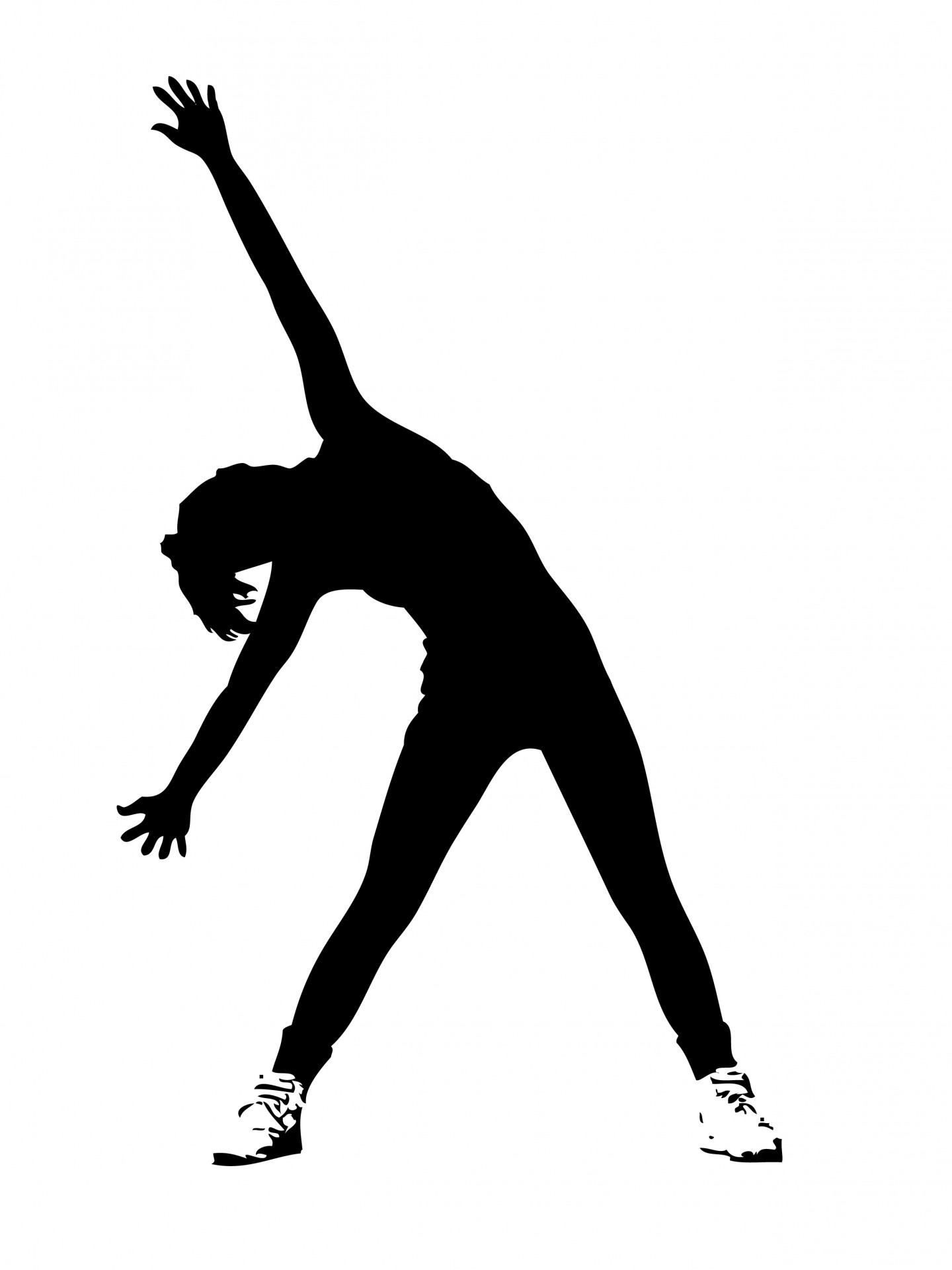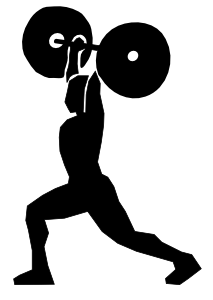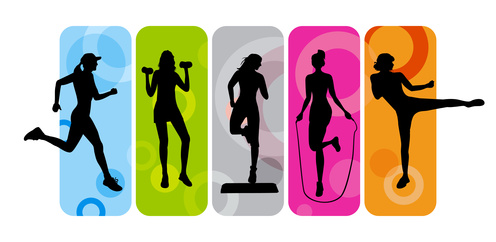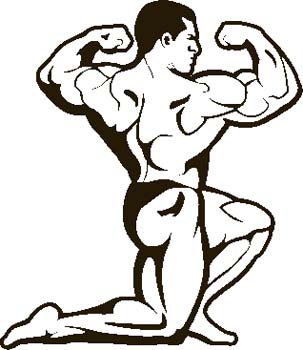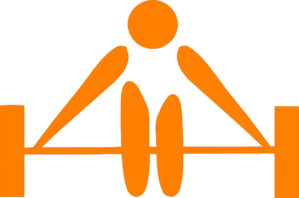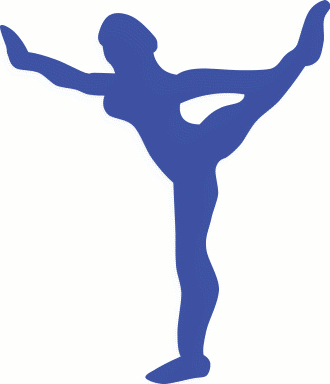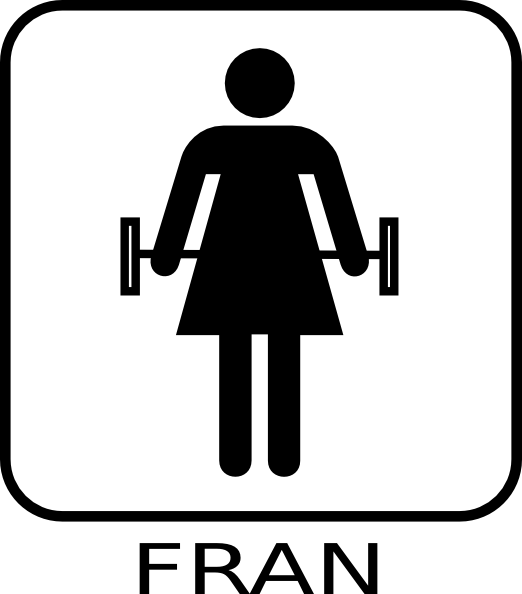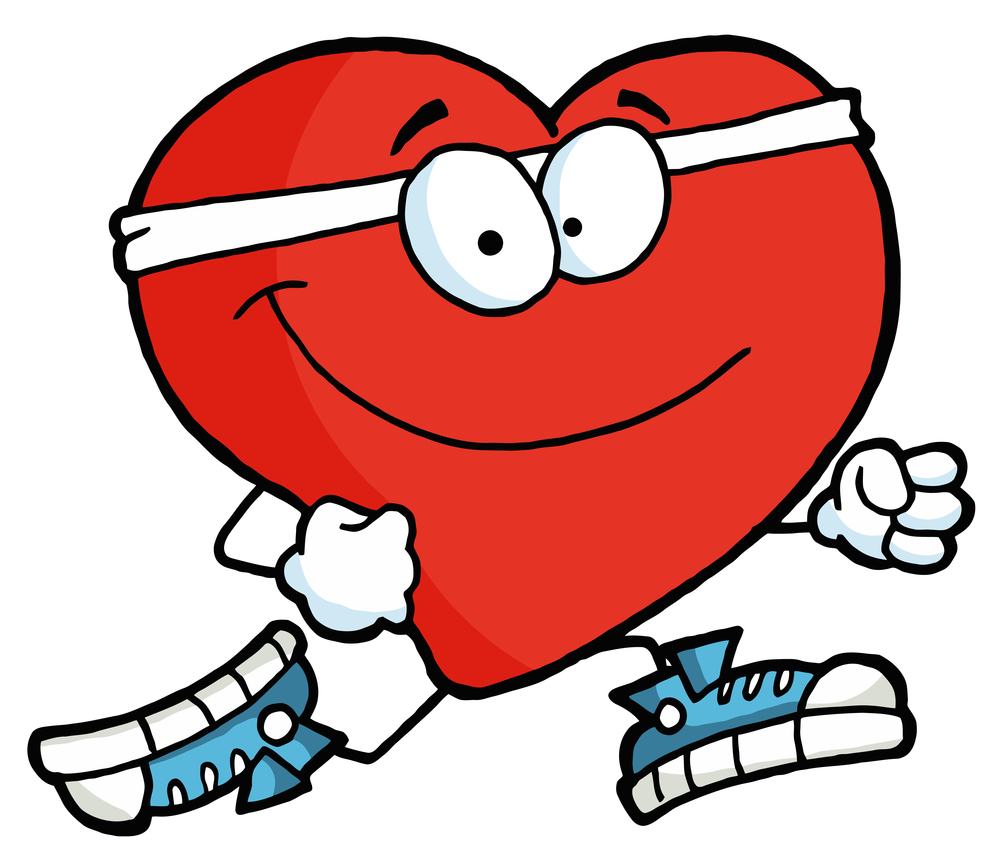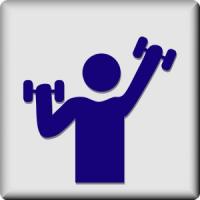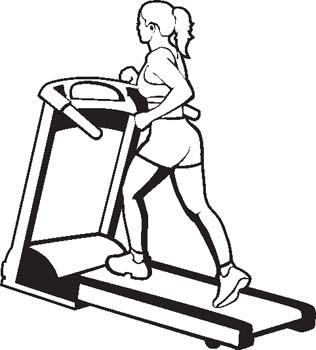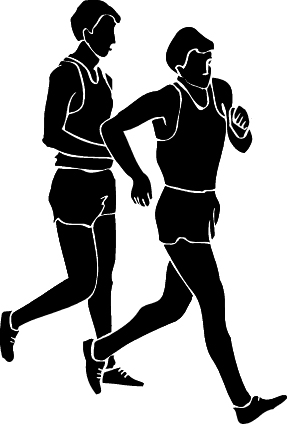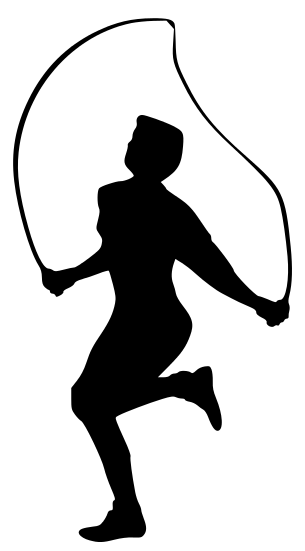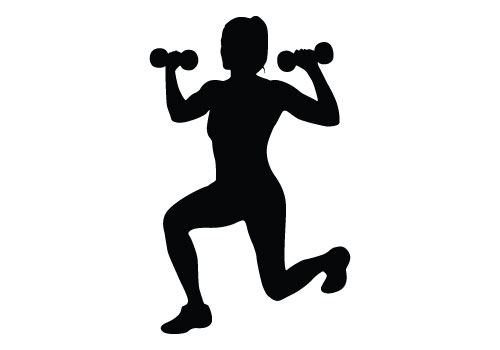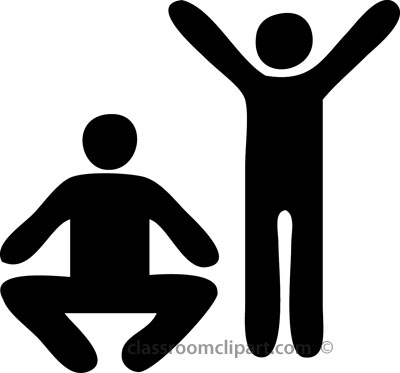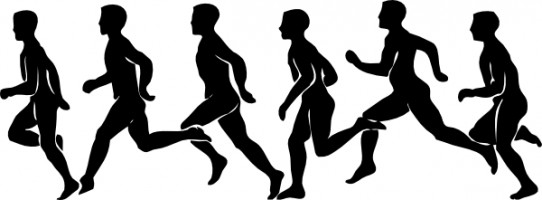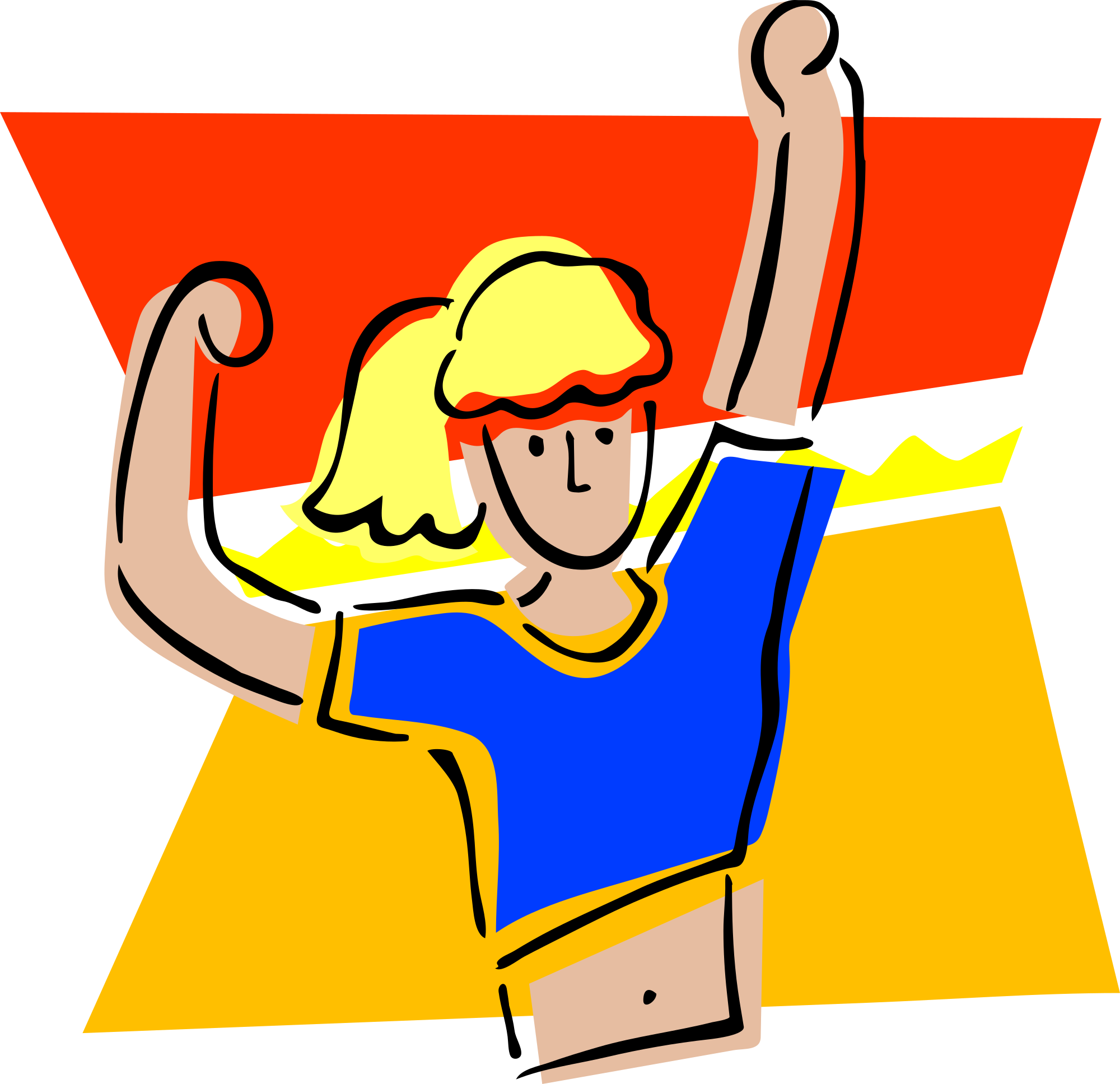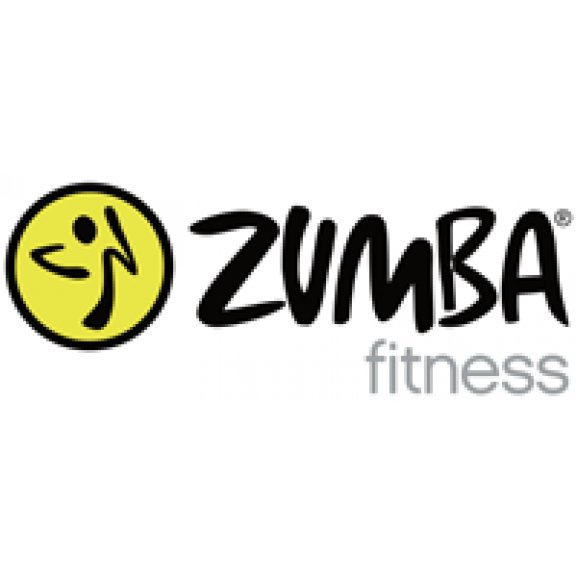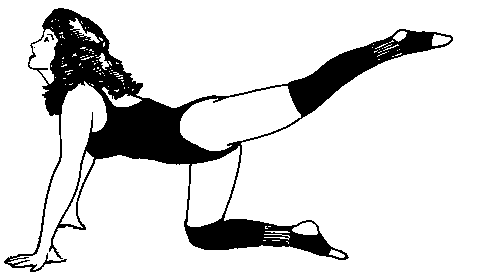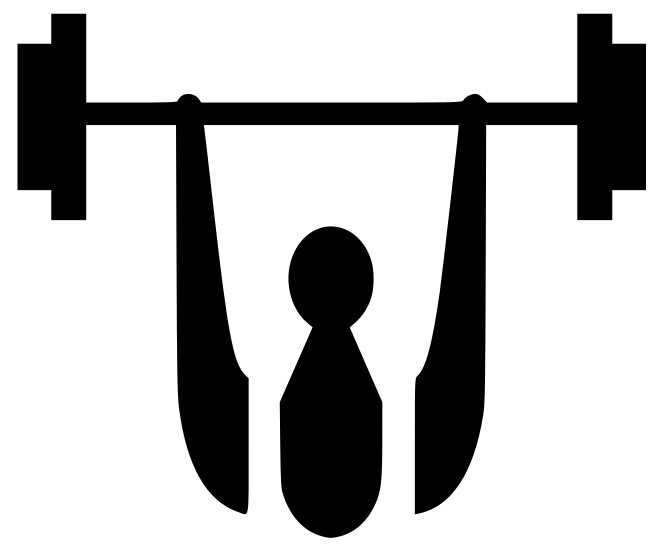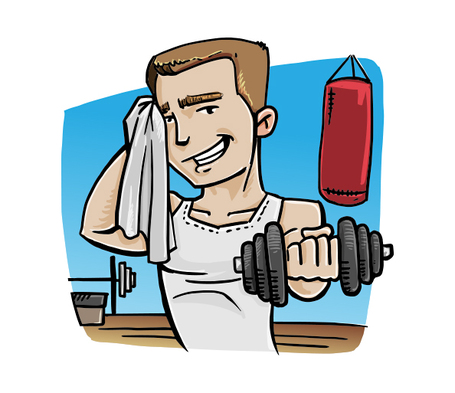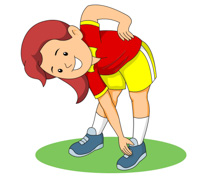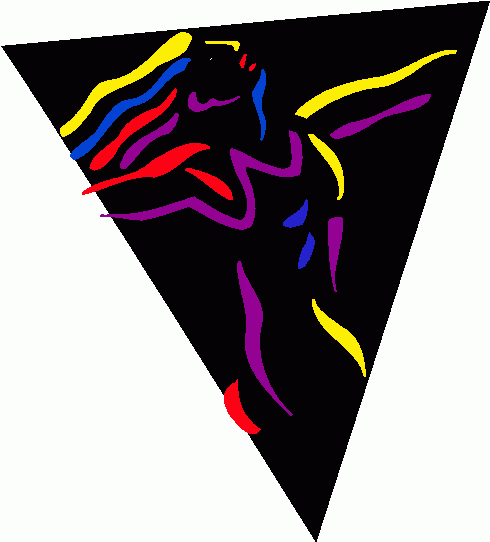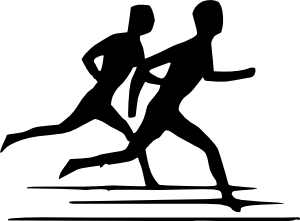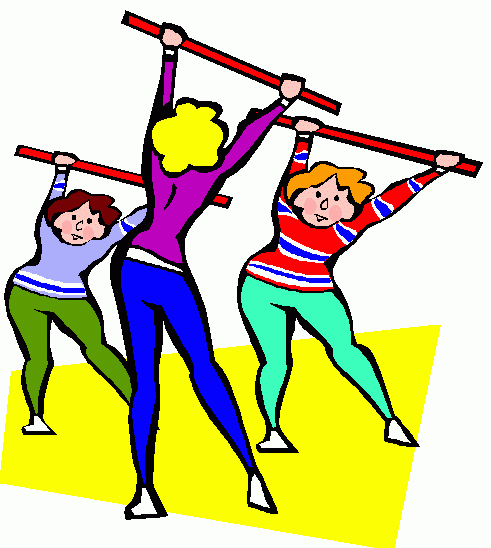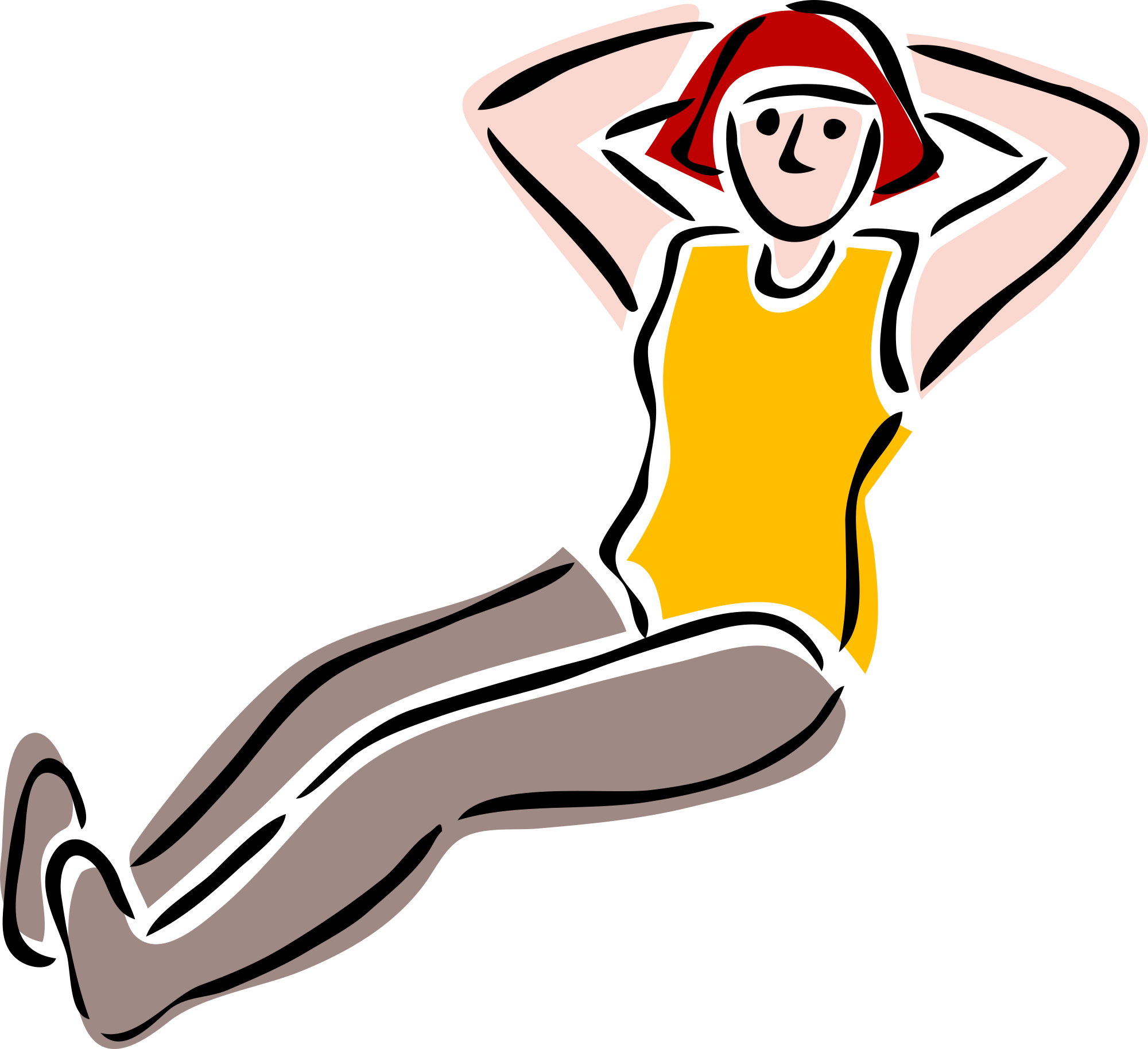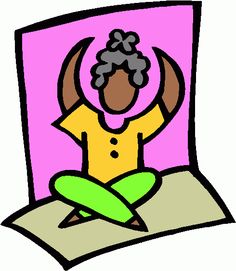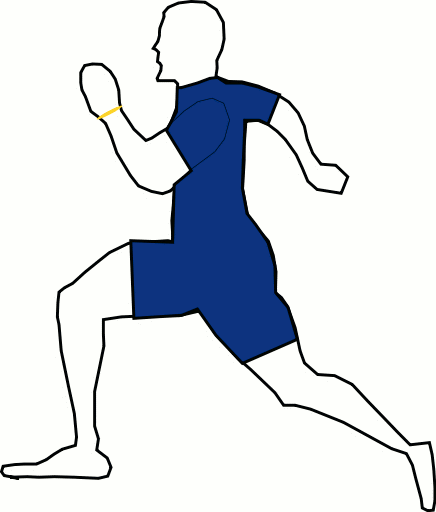Fitness Clipart
Fitness refers to overall health and wellbeing through maintaining physical condition. Being fit enables us to perform daily activities with sustainable energy. Fitness training aims to develop endurance, strength, flexibility balance, and posture. Maintaining fitness provides both physical and mental benefits.
Components of Fitness
Cardiovascular Endurance – Cardiovascular endurance reflects how well the heart, lungs, and muscles work together during extended physical exertion. It is crucial for activities like running, swimming, cycling, aerobics, and more. Training improves the transport and use of oxygen in the body.
Muscular Strength – Muscular strength refers to how much force muscles can exert and handle in activities like lifting, pushing, climbing and carrying heavy objects. Weight training and resistance exercises train muscular strength. This protects joints and bones from strain.
Flexibility – Flexibility enables free movement and full range of motion around the joints and muscles. Good flexibility reduces injury risks and improves coordination. Stretching, yoga, Pilates, and foam rolling exercises enhance flexibility.
Balance – Balance involves maintaining control of the body’s position, both during dynamic activities and static postures. Balance lowers risks of falls and injuries. Tai chi, agility ladders, wobble boards and other tools develop balance.
Fitness Levels
Beginner – Beginners are just starting a fitness plan with minimal prior strength, endurance, or flexibility. Initial goals are to establish regular exercise habits while avoiding injury and slowly building capacity.
Intermediate – Intermediate fitness levels reflect experience with consistent training over time. Workouts incorporate heavier weights, longer cardio, and more complex movements. Followed plans for periodization and recovery prevent plateaus.
Advanced – Advanced fitness levels come from years of progressive overloaded training towards specific performance goals. Training emulates competitive conditions and addresses individual weaknesses while maximizing strengths.
Fitness Activities
Aerobic Exercises – Sustained rhythmic movement like running, swimming, cycling, rowing, and dance aerobics challenge the heart and lungs. Adding intervals of higher intensity boosts aerobic capacity. These activities burn calories and strengthen the cardiovascular system.
Strength Training – Working against resistance builds muscle mass and strength. Lifting free weights, using resistance bands, weight machines, or your bodyweight provides the needed resistance. A proper strength program prevents injury and loss of bone density.
Stretching – Stretching elongates the muscles and increases joint flexibility by gently moving to the point of tension and holding the position. It prepares the body for exercise and enhances recovery by flushing out lactic acid buildup after workouts.
Fitness Gear
Equipment – Treadmills, stationary bikes, rowing machines, stair masters and other equipment provide cardiovascular training indoors. free weights like barbells and dumbbells enable strength training. Additional tools like jump ropes, agility ladders, exercise balls and more target various fitness needs.
Activity Trackers – Devices like fitness watches, heart rate monitors and pedometers track key workout metrics like pace, distance, calories burned, and sleep. Tracking progress with data maintains motivation and accountability during a program.
Accessories – Accessories like water bottles, towels, gloves, hats, and bags support fitness activities and training. Items make workouts more convenient, comfortable, and customized to personal needs. Small details improve the overall experience.
Fitness Clipart
People Exercising – Clip art of people actively engaging in various exercises like weight lifting, running on treadmills, performing stretches with resistance bands, taking fitness classes, playing sports, etc. represent human movement and commitment.
Equipment Images – Barbells, dumbbells, medicine balls, treadmills, stationary bikes, rowing machines, jumping ropes, stopwatches, and heart rate monitors show essential fitness gear. Other accessories like towels, water bottles, gloves and hats round it out.
Motivational Elements – Motivational subtitles, ribbons, and phrases as clip art elements boost the inspirational feeling of graphics about healthy lifestyles and fitness journeys. Uplifting messages encourage getting started.
Fitness Apparel
Activewear – Moisture wicking, stretchable, breathable fabrics that allow sweat to evaporate make activewear comfortable for exercise. Materials like spandex blends follow movement without chafing. Bright colors and prints convey fitness identity.
Athletic Footwear – Shock absorbing athletic sneakers support various activities with traction and stability for lateral motion and impact. Lightweight cross trainers offer versatility across training types. Proper athletic shoes prevent injury.
Accessories – Sweat-wicking headbands, hats, and gloves along with items like phone armbands and water bottle belts tailor workouts. Small details like reflective elements boost safety for early morning or night runners.
Fitness Trends
Wearable Tech – Fitness watches and activity trackers measure steps, calories, heartbeats, sleep cycles and other data to inform and motivate users about behaviors, habits, and progress towards goals. Syncing data delves into analytics.
Group Classes – Boutique studios offering cycling, rowing, HIIT workouts, yoga, Pilates, barre, bootcamp, kickboxing, and dance fitness draw communities pursuing goals together. Music and coaching drive intense, entertaining workouts.
Functional Training – Training systems like CrossFit, obstacle course racing, parkour, and adventure racing focus on total body fitness with multi-faceted challenges derived from real life movements. Varied, usable fitness emerges from dynamic exertions.
Fitness Culture
Active Community – Races, charity events, social clubs, and studios cultivate community around enjoying fitness activities together and supporting causes. Bonds form through shared interests and values manifesting as healthy lifestyles.
Overcoming Challenges – Obstacle course races, adventure runs, CrossFit challenges and competitive events like bodybuilding offer ways to test limits. Achieving goals after dedication demonstrates personal growth and resilience.
Wellness Lifestyles – Holistic wellness pulls together healthy eating, self-care, managing stress, restorative rest, and maintaining fitness routines as complementary pillars. Complete wellbeing fuels living fulfilling lives.
The Future of Fitness
Immersive Experiences – Virtual reality programs transport users to digital environments for gaming-style workouts and augmented reality integrates data onto real equipment and settings to motivate peaked performance through multiplayer connections.
Smart Gyms – Integrating exercise equipment with touchscreens, wearables syncing biometric data to machines, and tracking progress against personalized plans amplified with on-demand classes streamed onto screens creates responsive training.
Personalized Precision – Customized fitness and nutrition plans will continuously update from DNA tests revealing genetic predispositions, blood tests establishing biomarkers, and lifestyle data indicating real-time recovery needs for truly individualized optimization.
In this page clipartix present 62 fitness clipart images free for designing activities. Lets download Fitness Clipart that you want to use for works or personal uses.


